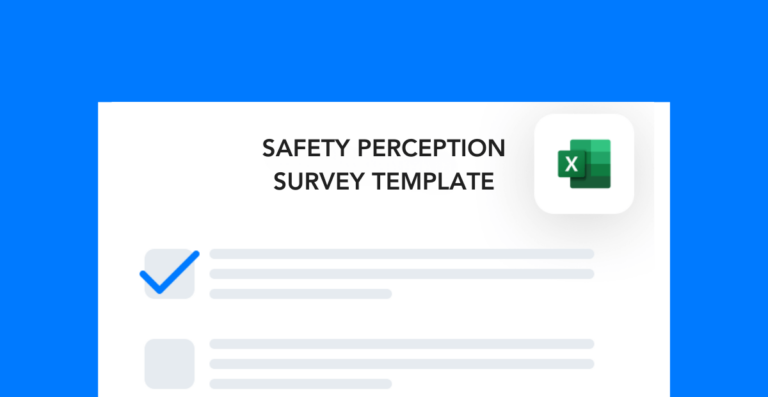Tracking action items is critical for running an efficient EHS department and enforcing accountability among team members. In my experience, trying to manage EHS tasks without a standard tracking system is like trying to nail a board with a noodle.
Below are the top four reasons why you should implement a formal method for tracking EHS actions items big and small.
Stay on top of routine tasks
You might not see the purpose in tracking the things you do every day or every week. But routine tasks often fall through the cracks because they’re so mundane.
Here are some examples of routine action items that you should monitor:
- Facility cleaning
- Equipment inspections
- Equipment and facility maintenance
- Training audits
- Employee onboarding and offboarding
Keeping tabs of these types of responsibilities is essential for keeping your team on schedule. That way, you don’t drop the ball on the seemingly minor yet very important EHS department tasks.
Complete projects more efficiently
Projects get done quicker when you track everything your team is doing. It’s a lesson that I’ve had to learn many times as a manager. Every time I’ve tried to keep track of a project manually, I’ve always missed something.
Tracking action items properly can help you:
- Maintain constant oversight of ongoing projects
- Update project goals in real time
- Establish realistic timelines
- Transfer project deliverables across departments
- Coordinate complex implementation processes
If you have a lot of projects going on at a time, you’ll get them done faster if you can easily see what’s going on.
Hold task owners accountable
When you assign someone a task, you need to hold them accountable to completing it. Without an action tracking system in place, you have to follow up on each one individually. For the average EHS manager, collaborative tracking systems save a lot of time.
With action tracking EHS software, for example, your team can update action items so you can always see their progress. This means you can easily see who’s responsible for a task and whether they’ve done any work on it.
Holding action item owners accountable is essential for creating a productive EHS department. In my experience, it’s more work to deal with unreliable team members than it is to track action items properly. This small change can help you identify low performers to maintain fair and effective team dynamics.
Identify patterns and trends
The more you track action items, the more data you have for making important decisions. Documenting the time, location, equipment, tool, process, etc., involved in an incident allows you to identify patterns and trends.
With this information, you can determine answers to questions like “what are the most dangerous processes in our facility?” or “which department generates the most incidents or near misses?”
Just remember that the phrase “you get what you measure” still applies. If you only track injuries, for example, that’s all you’ll be able to manage. But if you start tracking near misses or maintenance, then you can develop a more preventative approach.
Keep your team organized
The final reason to track action items is to keep the EHS department organized. I think this is the area of improvement that EHS managers overlook the most.
With such a focus on injuries and accidents, it’s easy to forget that the EHS department drives safety outcomes. And so, in my opinion, you can’t excel in safety performance if your EHS team is unorganized and undisciplined.
The thing about tracking all your action items is that it can help with other areas of documentation. If your team is used to recording their tasks for internal purposes, they’ll likely get better at things like:
- Writing incident reports, safety policies, and process documents
- Coordinating training classes
- Documenting for regulatory requirements
Remember, the safety team has the biggest impact on the overall safety culture within a facility. If you approach safety tasks with precision, this discipline will have a positive impact on other areas of the site as well. As a practice, tracking action EHS action items can help you set standards for how your entire department operates and performs.




